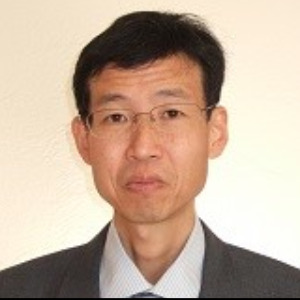Nanoclusters
Nanoclusters are nanosized particles consisting of anywhere from two to a few hundred atoms. They are an intermediate form of matter between single atoms and bulk materials, and are of great interest to researchers due to their unique properties. Nanoclusters are made up of a combination of atoms, molecules, ions, and aggregates, and can take many different shapes and sizes. The properties of nanoclusters depend on their size and structure, which can be manipulated to provide advantages such as increased reactivity, enhanced catalytic activity, and improved optical and electrical properties. Due to these advantages, nanoclusters have a wide range of potential applications in fields such as catalysis, electronics, optics, and energy storage. The most common way to create nanoclusters is through a process called cluster beam deposition, in which a beam of atoms or molecules is directed at a substrate, such as a silicon wafer. This process allows for the precise control of the size and shape of the nanoclusters. Other methods of synthesizing nanoclusters include laser ablation and chemical vapor deposition. Nanoclusters can also be studied using a variety of techniques, such as transmission electron microscopy, atomic force microscopy, and X-ray photoelectron spectroscopy. These techniques allow researchers to examine the properties of the nanoclusters in detail, which can in turn help to further advance their potential applications. Overall, nanoclusters have the potential to revolutionize a variety of fields, and the continued research into their properties and applications will be key in unlocking their full potential.

Harry Ruda
University of Toronto, Canada
Raman Singh
Monash University, Australia
Paulo Cesar De Morais
Catholic University of Brasilia, Brazil
Xiao Hong Nancy Xu
Old Dominion University, United States
S V A R Sastry
Harcourt Butler Technical University, India
Vinayak Adimule
Angadi Institute of Technology and Management, India



Title : 40,000 implants in humans and no failure: The impact of nanomedicine
Thomas J Webster, Hebei University of Technology, China
Title : Cellulose-derived biochar modified with iron oxide and ZnO nanoparticles by a novel one-step pyrolytic method for removal of emerging contaminants from water
Rashad Al Gaashani, Hamad Bin Khalifa University, Qatar
Title : Harnessing the unique properties of engineered nanostructures for sensing
Harry Ruda, University of Toronto, Canada
Title : Circumventing challenges in developing CVD graphene on steels for extraordinary and durable corrosion resistance
Raman Singh, Monash University, Australia
Title : Nano DAP augments productivity, phosphorus use efficiency, and profitability of spring wheat in India
Binaya Kumar Parida, Coromandel International Ltd, India
Title : Lipid nanoparticles formulations: From bench scale to industrial scale
Mohammad A Obeid, RAK Medical and Health Sciences University, United Arab Emirates